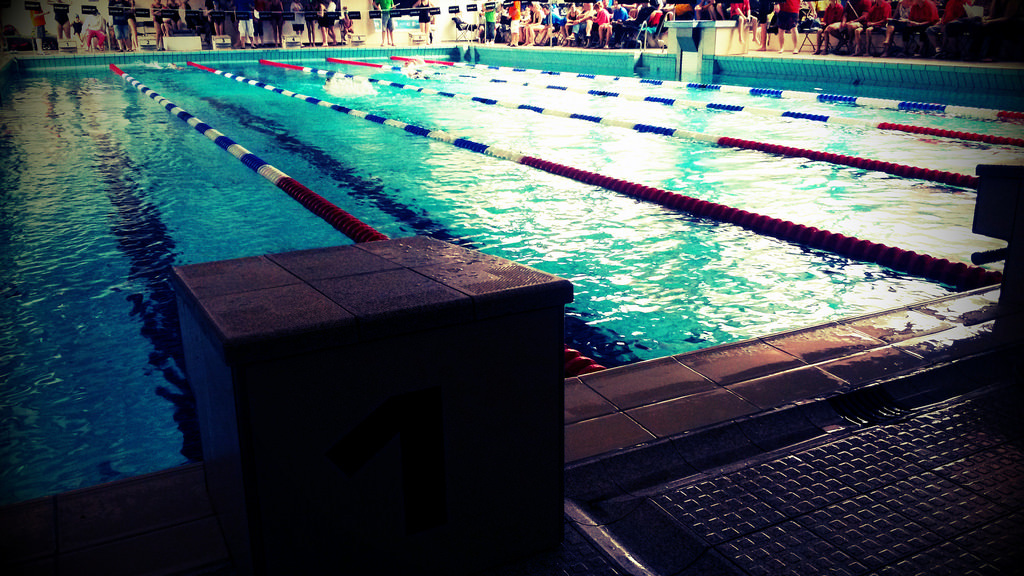|
If you have not heard about Therapy HotSpot they provide "parents and therapists in all settings functional and fun activities." It comes in a box with lots of different activities and the tools that you need in order to carry out each activity." "Therapists can ‘think inside the box’ because they provide ‘outside of the box’ creative sessions with their ready to use tools and activities." Students this is a great opportunity to get your ready made box as you collect the necessary tools needed on your journey to becoming #futureslps. Also if you are interested in purchasing a subscription, there is a special promo code "future" for all #futureslps.
How can you enter to win a free box? 1. Enter one of your favorite speech websites in the comments section below this post. The winner of this Therapy HotSpot box will receive all of the contents inside the box. Two winners will be announced on October 5, 2015 at 7:00 p.m. EST.
17 Comments
I am a water safety fanatic, and that’s why I made sure my kids learned to swim at such a young age. Last year, my son, who is 9, became friends with a new boy in his class, who happened to be hard-of-hearing. Of course, when summer rolled around, they wanted to hang out so we invited the boy to come with us to our neighbor’s pool. As I was speaking with his mom, I could hear the hesitation in her voice. She said he’d love to come with us, but that he had just started learning to swim during the previous spring. She explained that it had been difficult to find an instructor willing to work around the added challenge his hearing loss brought to a swim lesson. I told her not to worry, and that we’d keep an extra eye on him and keep working with him on his swimming. We had a great summer, and by the end, both he and my son had improved their swimming. But what his mom had told me really bothered me. Every child needs to have access to swim lessons, and I was horrified that so many instructors had turned him away. First of all, it’s a safety issue. Second, swimming is an excellent form of exercise. As this guide on swimming and heart health explains, its benefits to the heart alone are worth regularly getting in the pool. So, I thought it might be helpful for parents and caregivers of children with hearing loss to have access to information they could use to teach their children to swim themselves or to provide to reluctant swim instructors. Here are a few tips for teaching children with hearing loss how to swim. Speak clearly. Many children with hearing loss can read lips and will use their ability to do so to keep up with what an instructor is telling them during the lesson. As STA.co.uk notes in its article on integrating deaf children into swim lessons, it’s important that instructors are mindful of this and do their best to speak clearly and at a pace at which the child can keep up. If possible, the article also notes that it’s helpful to mix in sign language with your instruction. Use a “picture checklist.” As the Listening and Spoken Language Knowledge Center explains in its piece on swim lessons for those with hearing loss, creating a visual schedule can make it easier for the person with hearing loss to follow along with the lesson. It also suggests going over the schedule before you get in the water so that the child can be wearing their cochlear implant or other hearing aid when getting the initial instructions. Designate a signal for getting the child’s attention. An instructor will need to get a child’s attention several times during the course of a swim lesson. BrightHubEducation.com recommends designating two signals with the child before getting in the pool—a common use signal for regular instructions such as starting and stopping an activity and a special signal that will be used only in emergency situations. In addition to agreeing to the signals, make sure the child knows what to do in each case. Ask your swimmer to repeat instructions. The swim lesson will run more smoothly if everyone understands what actions they need to be taking. It’s also much safer when an instructor knows that all students know what skill they’re to perform and how they’ll attempt it. That’s why, in its “Deaf-Friendly Swimming,”the National Deaf Children’s Society advises that instructors ask their hearing impaired students to “repeat what you have said to check they have understood.” Always remember, safety first. A new swimmer might be especially eager to get in the water, and they might also be overly confident about their abilities. Keep an eye on beginner swimmers both in and out of the pool. As this article notes, many children who drown were last seen just 5 minutes before they were discovered in the pool. At all times, but particularly, when new, eager swimmers are around make sure pool fences are secure, gates are closed and locked, and if necessary, pools are properly covered. Taking these steps to “close up shop” after a swim lesson can truly save a life. I’m embarrassed to say that I hadn’t even considered the difficulties parents of children with hearing loss might run into when trying to teach their children to swim. If your child is hard-of-hearing, I hope you’ll find these tips helpful and will be able to share them with your child so that they can begin to experience the joy of swimming. About Author: Patricia Sarmiento is a health and fitness blogger. She loves covering topics on health, wellness, fitness, and other health-related topics. A former high school and college athlete, she and her family make living an active lifestyle a constant goal. She lives with her husband and two kids in Maryland. |
Categories
All
Archives
November 2021
|
 This work is licensed under a Creative Commons Attribution-NonCommercial-NoDerivs 3.0 Unported License. |
© Copyright 2010-2020 futureslps.com All Rights Reserved Worldwide

